You are not on this earth to live up to the expectations of others, stay true to yourself, learn to say NO and set boundaries.
Encouraging prompts like this can be found a million times in every blog, podcast, and social media. They immediately resonate with us and make us nod our heads in agreement. But if we all understand the importance of healthy boundaries, why do we still need help implementing them? It’s because we’re afraid. We fear setting boundaries will make us unlikeable, complex, or even wrong. Understanding the concept of boundaries is one thing, but putting it into action is another.
People who don’t have boundaries themselves may not recognize or respect the boundaries of others.
We all experience deliberate and often unconscious boundary violations in our relationships, friendships, families, and jobs. Sometimes, we tolerate or endure things that conflict with our values. We say “yes” far too often, although inwardly, we say “no” because that seems more socially acceptable. We smile even though we don’t feel like it. We overstep our boundaries to please and be liked by others. Why do we do this? And what does it do to us and others?

The worst we often fear doesn’t happen – three steps for healthy boundaries.
It’s natural to fear the unknown, but often what we fear won’t happen at all. We may worry that setting boundaries and saying no will cause us to lose meaningful relationships, but the opposite is true. Showing respect for yourself and your needs earns you more respect and helps others take you seriously. When you try it for yourself, you’ll feel the difference and be inspired to keep going. It takes courage, but the reward is worth it.
The ability to maintain your boundaries is not solely dependent on whether others respect them. It also hinges on your ability to establish and, if necessary, defend them. Some individuals may not respond to subtle cues. In such cases, you may feel intense frustration or choose to expend your energy communicating more clearly.
Here are three simple steps to help you set healthy boundaries:
Step 1
What exactly is causing my anger? Why am I feeling this way? It is essential to acknowledge your frustration.
Anger can indicate that your boundaries have been crossed, and avoiding taking it out on others is vital. Instead, take the time to reflect on your emotions and explore what need is not being met. What is missing in this moment? For instance, you may miss the opportunity to express yourself, act independently, or be asked for your input. Simply recognizing your feelings and needs can be a significant challenge for many individuals.
Step 2
If this step needs to be included, ask yourself if what you do involves other people. Are you seeking more cooperation from others? If so, are you allowing yourself and others to act in a self-determined way? These questions shift the focus back to you and your responsibility. Although it may be difficult, monitoring your limits is essential instead of expecting others to do it.
Step 3
Ask yourself, “What is the bravest thing I can do right now to allow myself and others to be free and stand up for self-determination?” Take a moment to reflect and find the answer within yourself. This pause will help you take action towards your goal.
Step 4
When you need to say no to someone in a friendly way, there are three steps you can follow:
Step 1: Start by acknowledging the other person’s position and wish. For example, you could say, “It’s a nice idea that you want to drop by.”
Step 2: Next, explain why you can’t say yes. For example, you could say, “We already have something else planned today that we can’t postpone.”
Step 3: Finally, suggest an alternative that could work for both of you. For example, you could say, “Maybe we can plan a longer-term meeting for the four of us, and then it will work out with our reunion.”

It’s a challenging task. If someone indicates that they do not want to continue with something, try to respect their decision without taking it personally. They are choosing for themselves, not against you.
It’s all about balance, both in life and in setting boundaries. Empower yourself and stop waiting for permission. Be kind to yourself first, and then extend the same kindness to others. It’s important to be authentic, and self-determined, and to lead with your heart.

